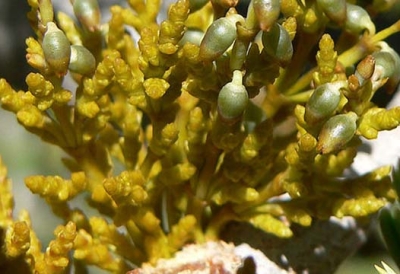Dwarf Mistletoe
Lodgepole and ponderosa pines (especially) in Colorado can succumb to dwarf mistletoe. This is a parasite that can infest other trees in the area and are small flowering plants that appear on the 
What Is Dwarf Mistletoe
The parasite is a small, flowering but leafless plant that grows on the trees. If a tree with the parasite has been planted in an area, other trees can be infested quickly. The seeds within the flowers discharge explosively at a rate of 60 mph and are extremely sticky. The younger branches of trees are more susceptible.
Birds can also spread dwarf mistletoe, although this isn’t as common as the explosion of the seeds. Most of the time the parasitic seeds are spread in the last summer, spreading at a rate of 1-2ft per year. Usually no more than 30ft is affected overall. The parasites will affect a specific type of tree at a time. They can’t just between species.
The Symptoms to Look Out For
Trees infected with the parasite will start to die. The trees are robbed of water and food, as the parasites take as many of the nutrients as possible. The rate of death will depend on the age and sustainability of the tree.
It’s important to look for the first signs of infection, which is when the bark starts to swell slightly at the source of the infection. Over time a witches’ broom will start to form in the branches, although this can take years. The parasites take the nutrients from the uninfected areas of the tree, causing yellowing and reduced foliage and death to the branches towards the tops of the trees.
You can also tell the parasite from the look of green/yellow or brown/green shoots sticking out of the infected sections. They’re woody shoots and appear a couple of years after the initial infection.

